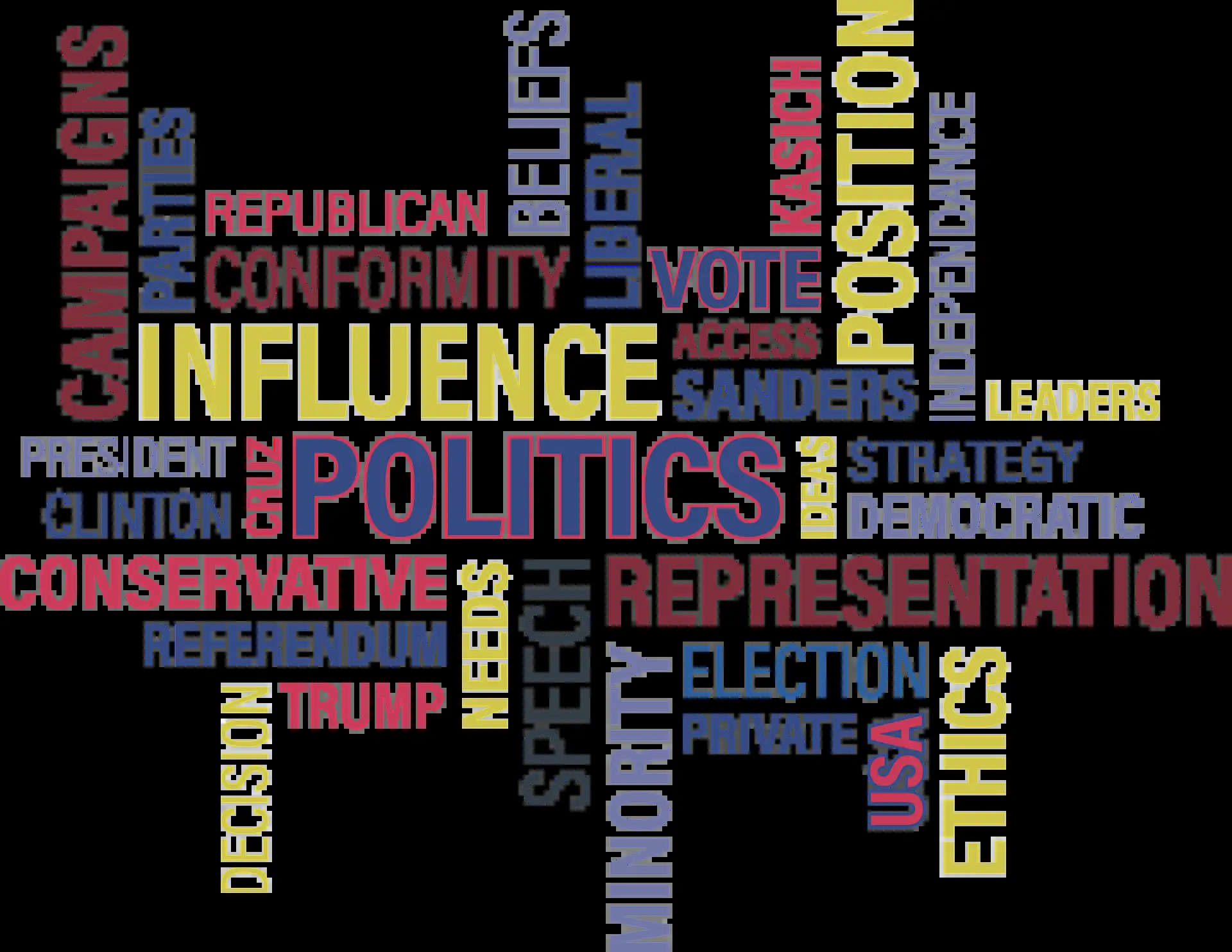The Influence Of Political TV Debates On Young Minds

Political TV debates have secured a special place in the minds of our youth in this age of information overload, where social media and smartphones vie for our attention.
This article explores the intricate influence that political TV discussions have on the impressionable minds of India's youth.
The Power of Persuasion
The Art of Oratory:
Political TV debates in India are a stage where silver-tongued individuals craftily weave their arguments. Just as an artist creates a masterpiece with every brushstroke, skilled orators paint a vivid picture of their vision for India, often leaving the youth enthralled.
Example: The iconic 1998 debate between Atal Bihari Vajpayee and Manmohan Singh showcased Vajpayee's powerful oratory skills, leaving a lasting impact on the youth and enhancing his appeal as a leader.
Information Powerhouses:
These discussions serve as a source of education rather than mere entertainment. The large number of young people in the audience benefits from the opportunity to learn about the nuances of complex political topics and various perspectives.
Example: The 2017 GST debate, with experts elucidating the tax reform's pros and cons, educated the youth about fiscal matters affecting their future.
The Popularity Quotient
Prime Time Attraction:
Political TV debates have solidified their position as prime-time attractions, drawing the attention of the youth. The dramatic confrontations, heated discussions, and the continuous buzz on social media have elevated these debates into must-watch events.
Example: Arnab Goswami's 'The Newshour' wasn't just a debate; it was a fiery spectacle that drew a wide youth audience.
Digital Amplification:
The influence of these debates extends beyond TV screens. These discussions frequently go viral on social media, with young Indians actively participating in online debates, thereby enhancing the discourse.
Example: The 2019 Lok Sabha election debates generated millions of tweets and Facebook discussions. Additionally, a digital marketing business report indicated that around one-third of first-time voters were influenced by political messages on social media platforms.
Potential Pitfalls
With the pursuit of higher TRPs, debates often tend toward sensationalism. This can distort the actual issues at hand, leading the youth astray. For instance, an overemphasis on political mudslinging in some debates can overshadow important policy discussions.
Additionally, political TV debates may reinforce the existing biases of the youth. If a person watches debates that align with their beliefs, they risk further entrenching themselves in an echo chamber.
Case in point: if a young person already supports a particular party, they may gravitate toward debates where that party's viewpoint is favored, thus reinforcing their pre-existing stance.
The influence of political TV debates on the young minds of India is undeniable. They serve as a powerful platform for persuasion and information dissemination. However, it's essential to avoid the pitfalls of sensationalism and confirmation bias.
The real challenge lies in maintaining a fair and educational conversation that equips people to make informed decisions about the country's future.
.jpg)
